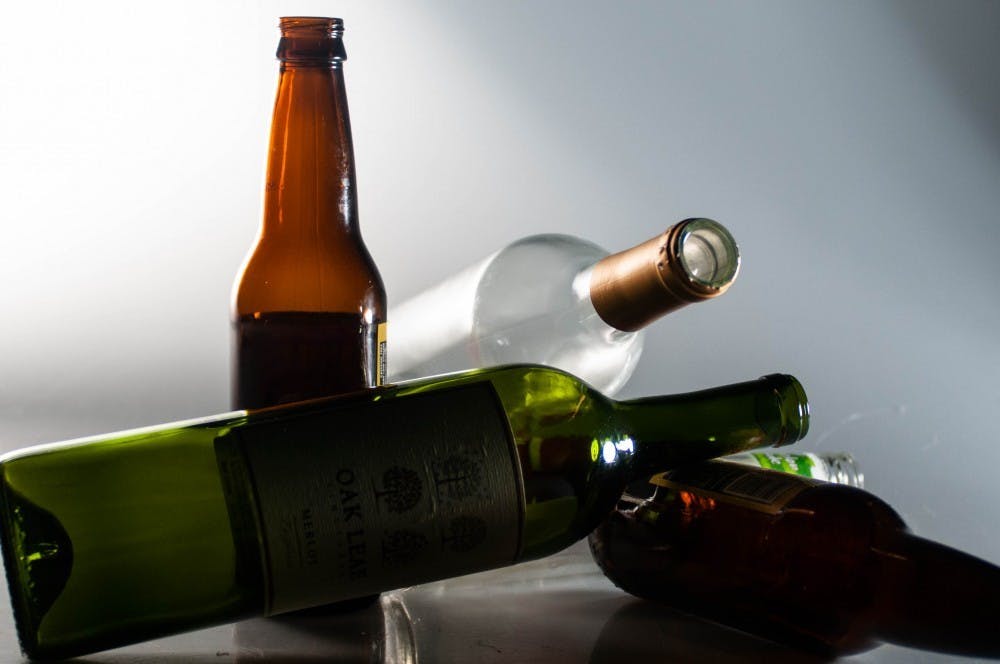Binge drinking is down and the use of designated drivers is up, according to Ball State’s biennial review of the Alcohol and Other Drug Abuse Prevention Program.
This review, which overviews Ball State’s prevention programs and student data on drug abuse, is in compliance with the Drug Free Schools and Communities Act Amendments of 1989, and was released early January to the campus community.
The review compared data from 2013, 2015 and 2017 compiled from American College Health Association’s National College Health Assessment which was given to students.
The percentage of students who have had seven or more drinks went from 40.2 percent in 2015 to 21.5 percent in 2017, while the percentage of people that have used a designated driver rose 6.4 percent between 2015 and 2017.
“I think one of the reasons we’re seeing binge drinking decreasing is the fact that our culture is shifting around binge drinking,” said health educator Elizabeth Peeler.
Public health has stopped using scare tactics as well as “Just Say No” methods like Drug Abuse Resistance Education (D.A.R.E.) and started using primary prevention, Peeler said.
She said Red Zone, an alcohol prevention program offered during Physical Fitness and Wellness (PFW) classes at Ball State, and Think About It, an online harm reduction course, are also helpful programs.
The review also mentioned alternative alcohol-free programs such as Late Nite. In the 2016-2017 academic year, 33,964 students participated in the event, compared to 30,120 from the 2017-2018 academic year. According to the review, 9.6 percent of students surveyed stated they would have been drinking or partying if they were not at the Late Nite program in 2016-2017, compared to 8.71 percent in 2017-2018.
Ball State University Police (UPD) has participated and sponsored educational programs such as drunk goggles and the trike program, which allows students to wear goggles that impair motor skills and educate them on the dangers of drinking and driving, said Jim Duckham, director of public safety for UPD.
The number of arrests for on-campus liquor offenses was 60 in 2016 and 48 in 2017, according to the review.
“It is hard to speculate why numbers go up or down. Many factors and variables can account for the change from one year to the next,” Duckham said.
According to the review, the use of designated drivers rose from 80.6 percent in 2015 to 87 percent in 2017, whereas the misuse of antidepressants went up from 2.5 percent in 2016 to 3.6 percent in 2017.
Contact Scott Fleener with comments at jsfleener@bsu.edu or on Twitter @Scott_Reports.





